Leonardo da Vinci, the quintessential Renaissance man, is renowned for his masterpieces in art, groundbreaking inventions, and extensive studies in various fields. His life, marked by boundless curiosity and a relentless pursuit of knowledge, offers a fascinating glimpse into one of history’s most extraordinary minds. From his early years in Vinci, Italy, to his final days in France, Leonardo’s legacy continues to captivate and inspire. This article delves into the intriguing details of his life, shedding light on the genius behind the Mona Lisa and The Last Supper.
Illegitimate Birth
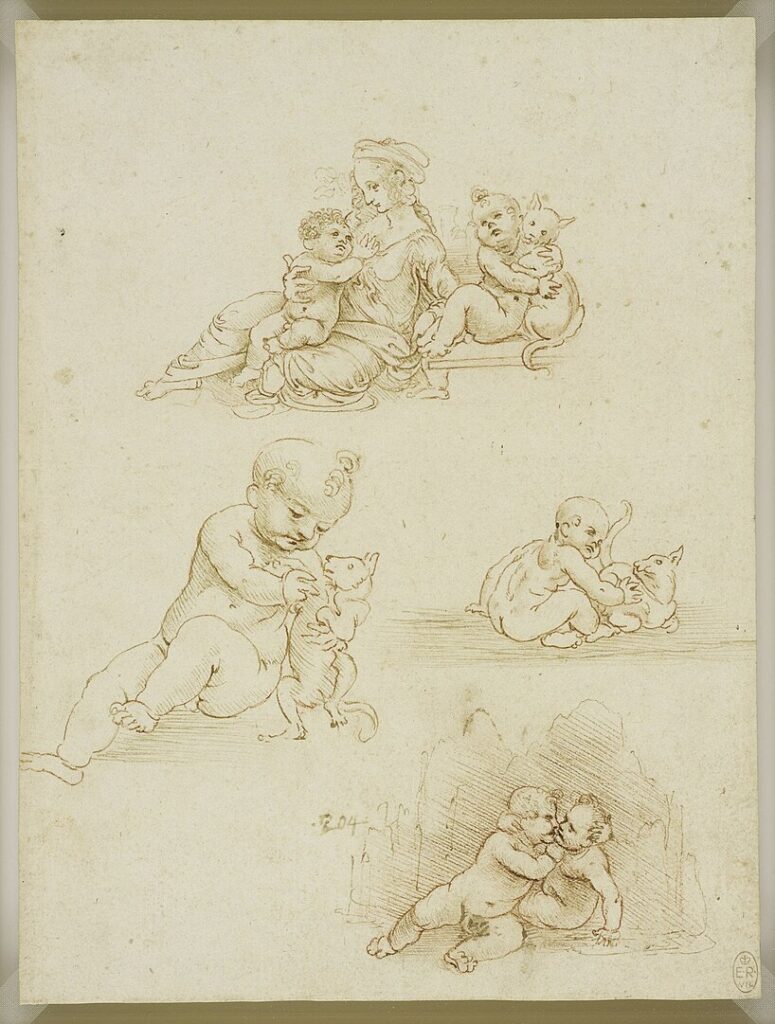
Leonardo da Vinci was born on April 15, 1452, in Vinci, Italy, as the illegitimate son of a notary, Piero da Vinci, and a peasant woman, Caterina. His illegitimacy prevented him from receiving a formal education in Latin and Greek, but it also freed him from the traditional expectations of following his father’s profession, allowing his innate talents to flourish in diverse fields.
Self-Taught Polymath
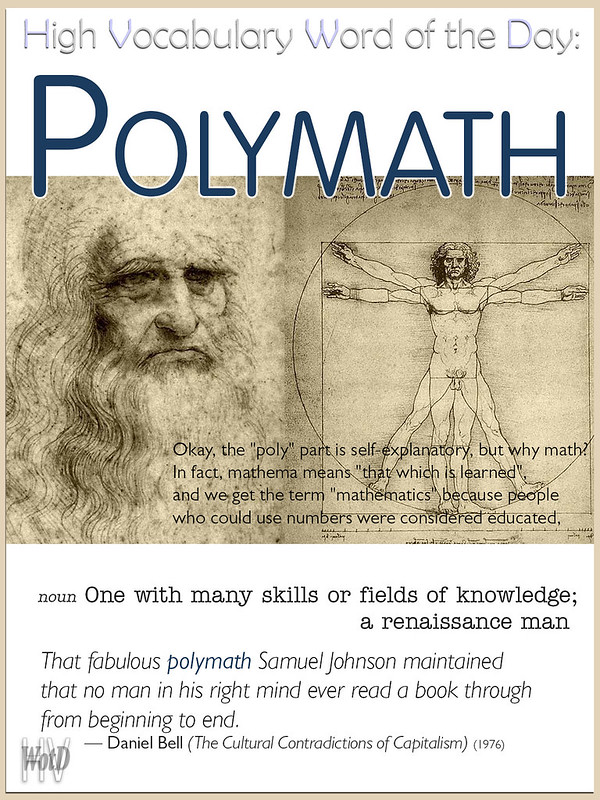
Despite his lack of formal education, Leonardo was a self-taught genius. He voraciously studied various subjects, including anatomy, engineering, mathematics, and botany. His notebooks are filled with observations, sketches, and experiments that reveal his insatiable curiosity and profound understanding of the natural world.
Apprenticeship with Verrocchio
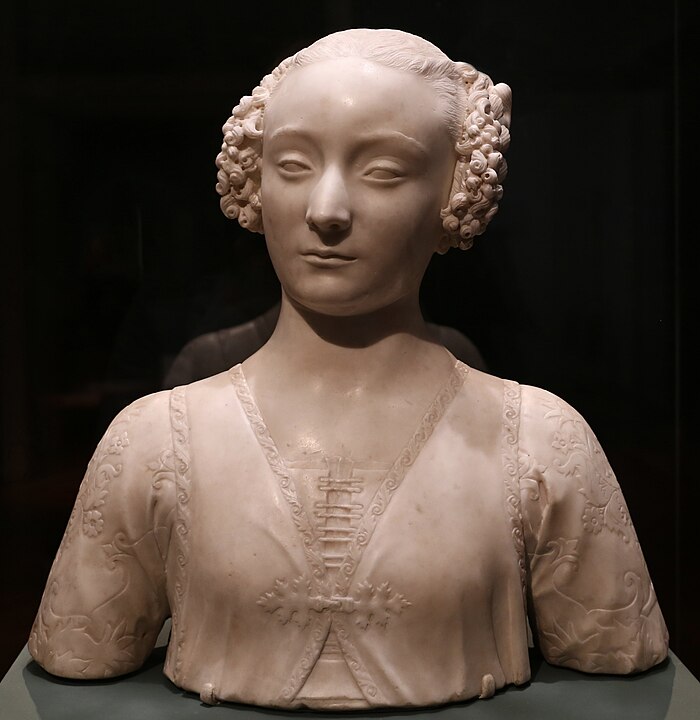
At the age of 14, Leonardo became an apprentice to Andrea del Verrocchio, a prominent Florentine artist. Under Verrocchio’s guidance, Leonardo honed his skills in painting, sculpture, and mechanical arts. This apprenticeship was crucial in shaping his artistic style and technical prowess.
The Mona Lisa
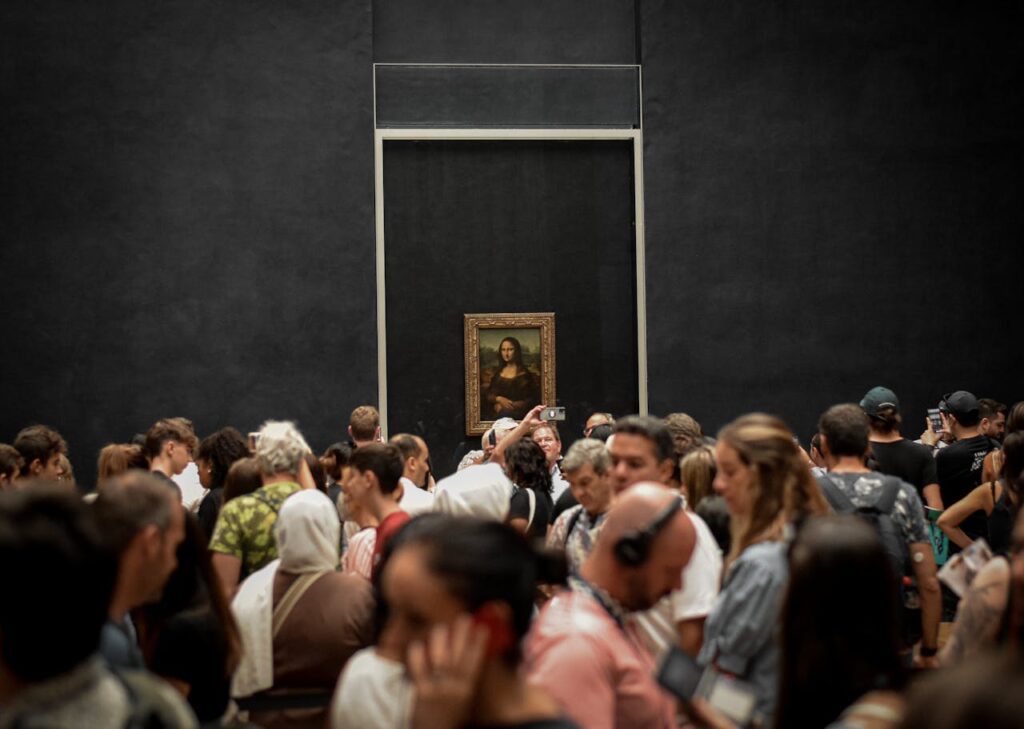
Leonardo’s most famous painting, the Mona Lisa, is celebrated for its enigmatic smile and intricate detail. Completed around 1506, the portrait of Lisa Gherardini features revolutionary techniques such as sfumato, which creates a soft, smoky effect, enhancing the lifelike quality of the subject.
The Last Supper
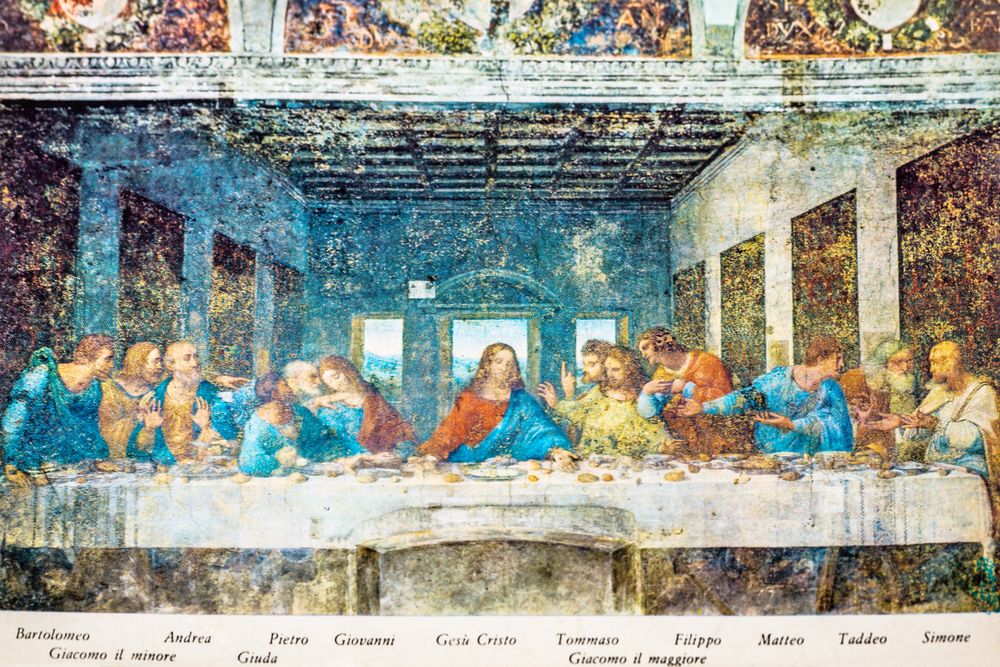
Painted between 1495 and 1498, The Last Supper is a mural in the Convent of Santa Maria delle Grazie in Milan. This masterpiece captures the dramatic moment when Jesus announces that one of his disciples will betray him. Leonardo’s use of perspective, composition, and emotional expression sets this work apart.
Notebooks and Codices
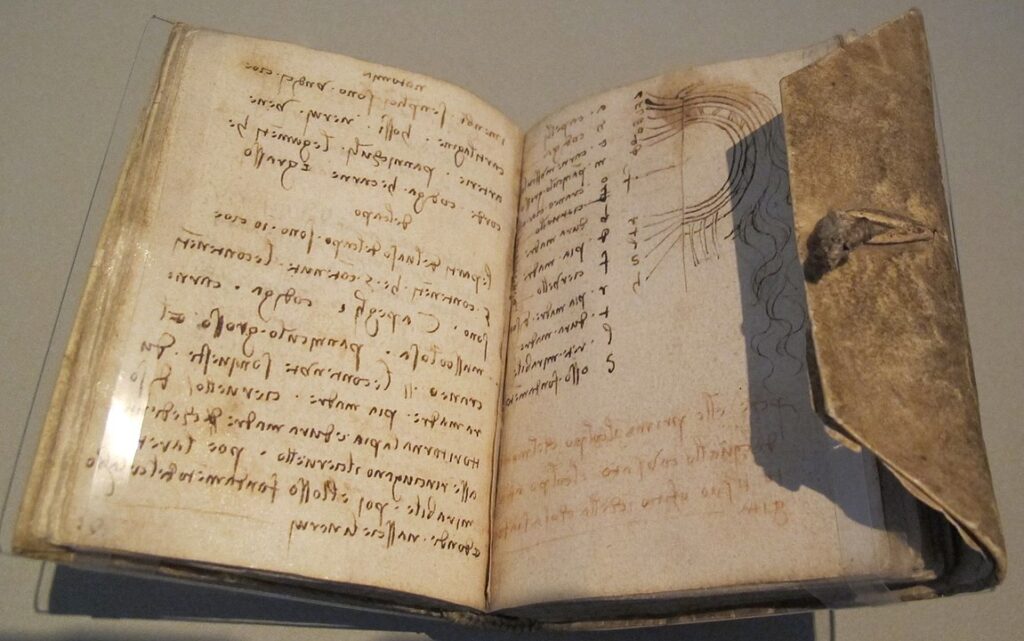
Leonardo left behind thousands of pages of notebooks filled with drawings, scientific diagrams, and written observations. These notebooks, known as codices, cover a vast array of topics and are invaluable resources for understanding his inventive and investigative processes.
Anatomical Studies
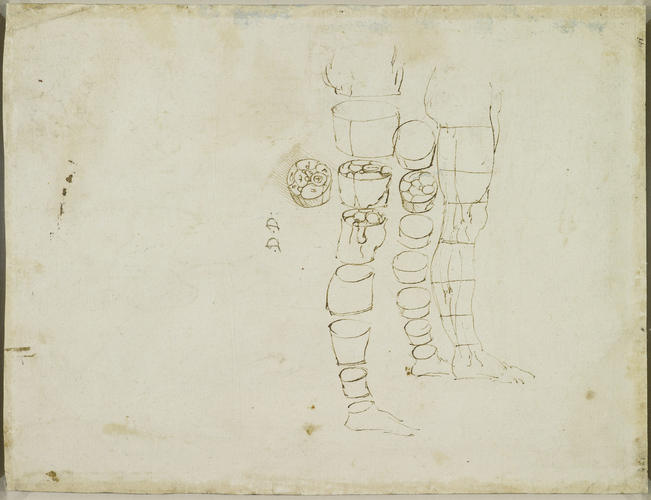
Leonardo conducted detailed anatomical studies by dissecting human and animal bodies. His drawings of the human anatomy, including the Vitruvian Man, showcase his meticulous attention to detail and his quest to understand the mechanics of the human body.
Inventions Ahead of Their Time
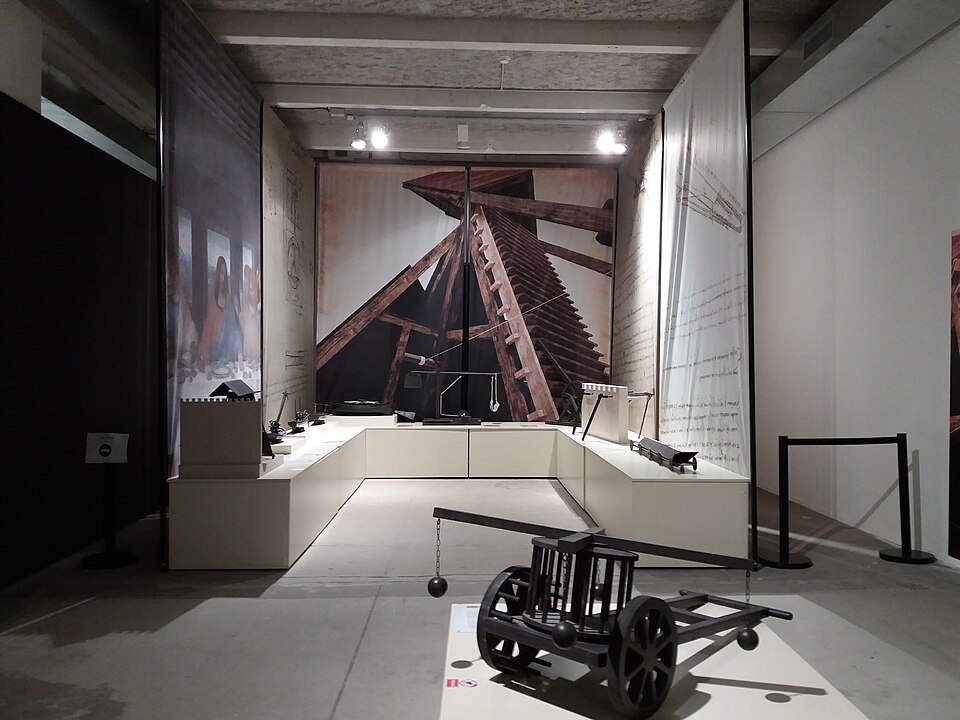
Leonardo’s notebooks contain designs for numerous inventions, many of which were centuries ahead of their time. These include conceptual sketches of helicopters, tanks, and submarines. Although these designs were never built in his lifetime, they demonstrate his visionary thinking.
Mirror Writing
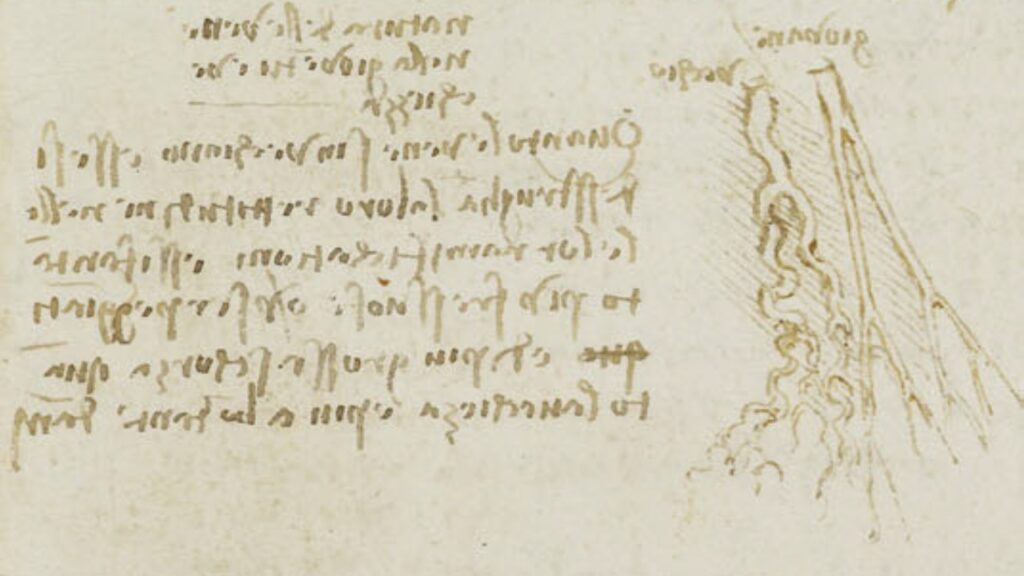
Leonardo often wrote his notes in mirror script, which can only be read when viewed in a mirror. The reason for this practice is debated, but it may have been to keep his ideas private or simply because he found it easier to write this way as a left-handed person.
Botanical Illustrations
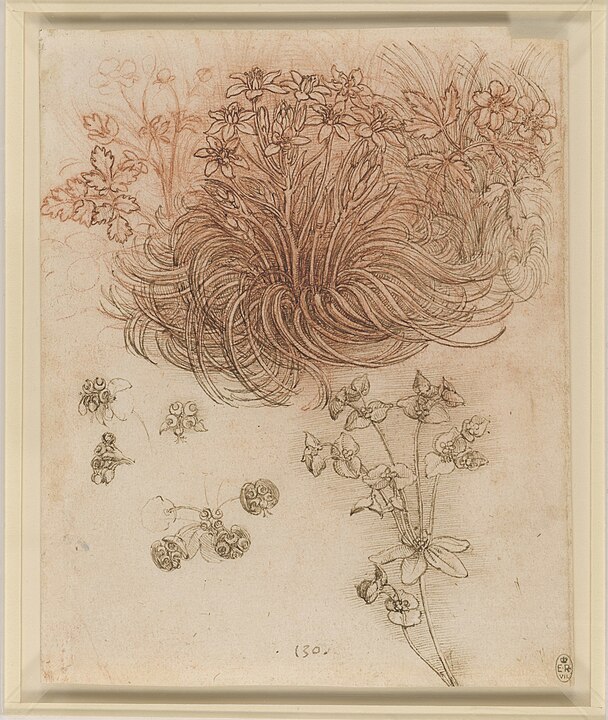
Leonardo’s studies of plants and flowers were detailed and precise. His botanical illustrations are not only scientifically accurate but also artistically beautiful, reflecting his belief in the interconnectedness of all living things.
Military Engineering
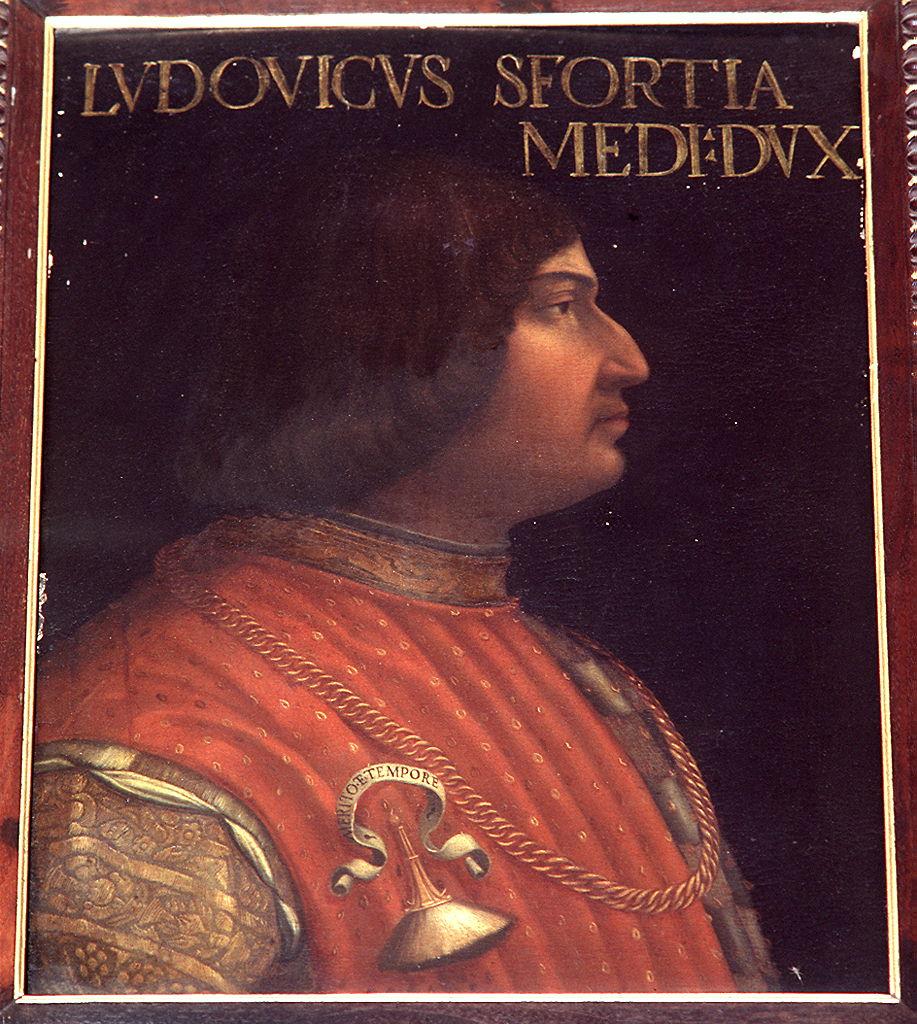
Leonardo worked as a military engineer for Ludovico Sforza, Duke of Milan, designing fortifications, weapons, and other military devices. His innovative designs, such as the giant crossbow, highlight his ability to apply his artistic skills to practical engineering problems.
Flight Studies
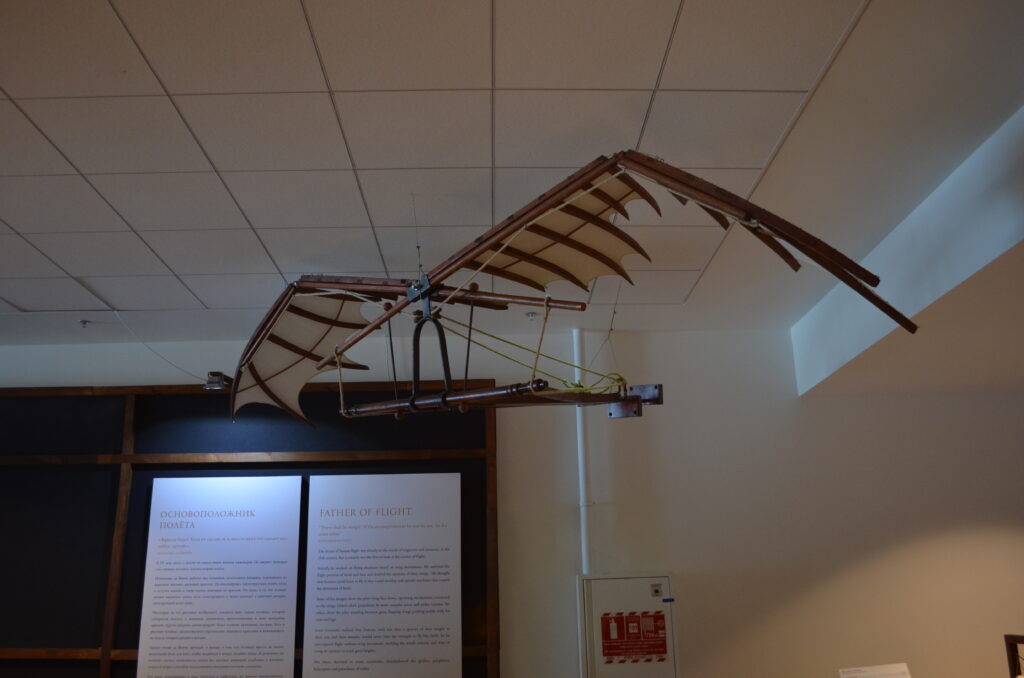
Leonardo was fascinated by the possibility of human flight. He studied the flight of birds and designed several flying machines, including the ornithopter and the aerial screw, which resemble modern helicopters. His studies laid the groundwork for future advancements in aviation.
Water Studies
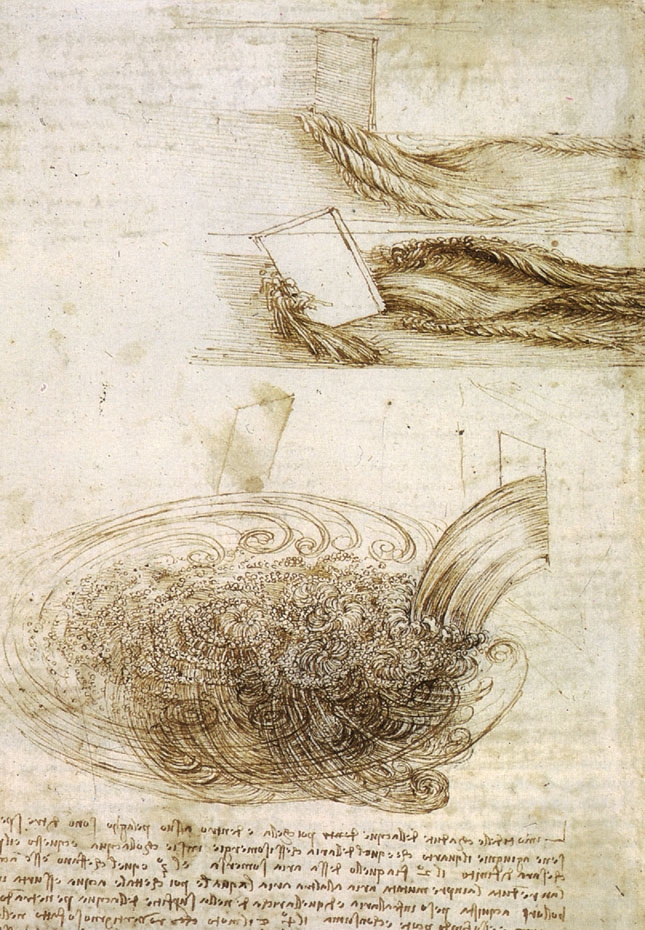
Leonardo had a deep interest in hydrodynamics and water movements. He designed water lifting devices, studied the flow of rivers, and conceptualized canal systems and locks, some of which influenced later developments in hydraulic engineering.
Urban Planning
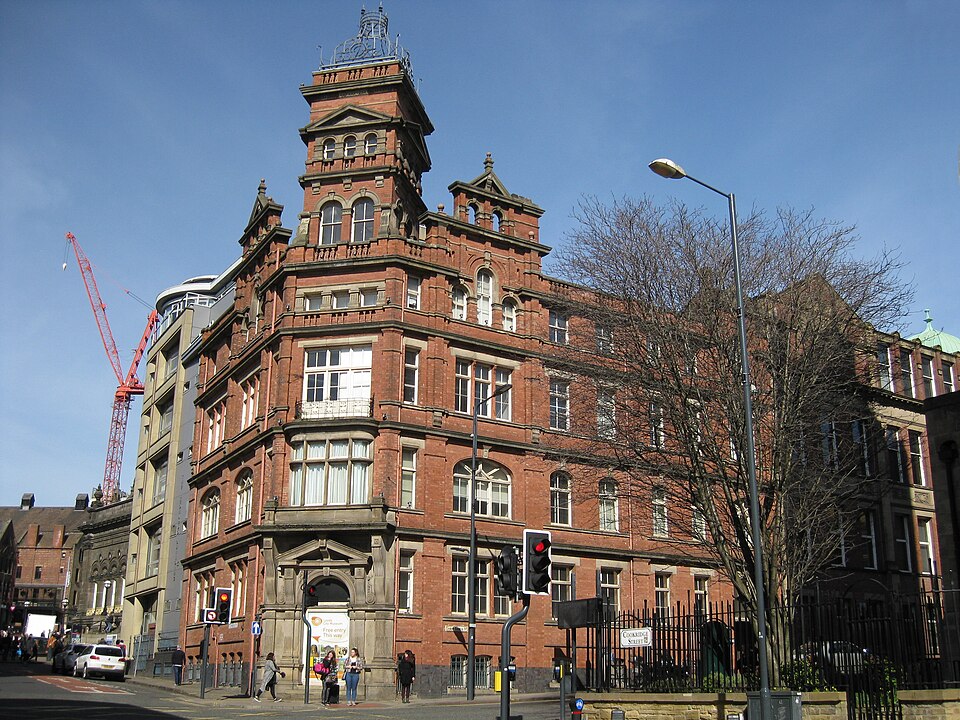
Leonardo envisioned an ideal city with efficient infrastructure, wide streets, and clean living conditions. His urban planning concepts included designs for sanitation and water management systems, reflecting his forward-thinking approach to city living.
Music and Instruments
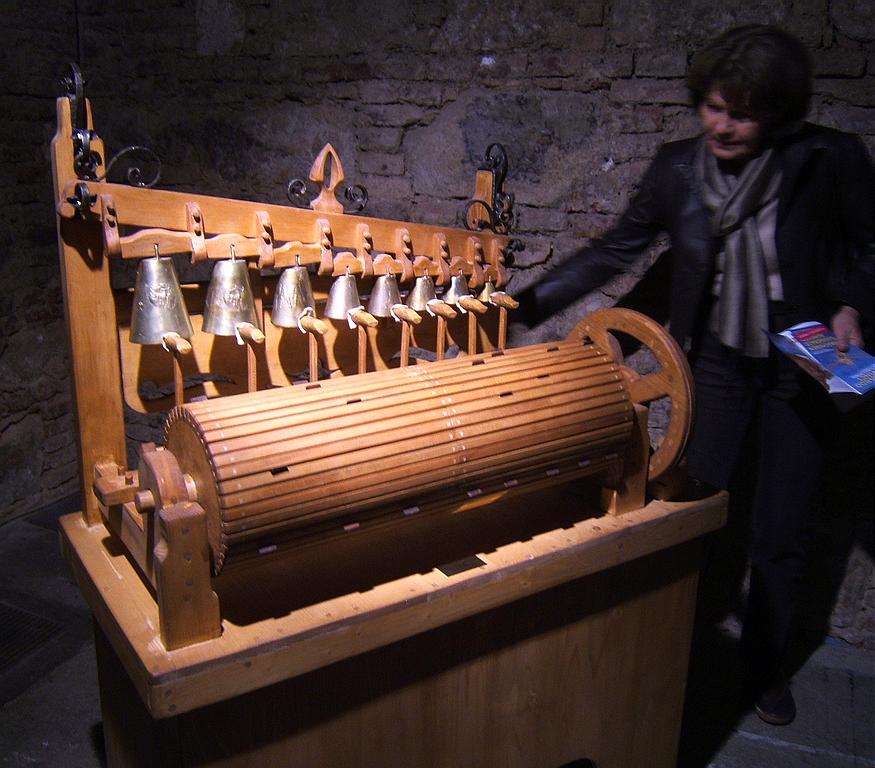
Leonardo was also a musician and designed various musical instruments. His love for music is evident in his inventions, which include a mechanical drum and an early version of the viola organista, an instrument that combines aspects of the harpsichord and the organ.
Left-Handedness
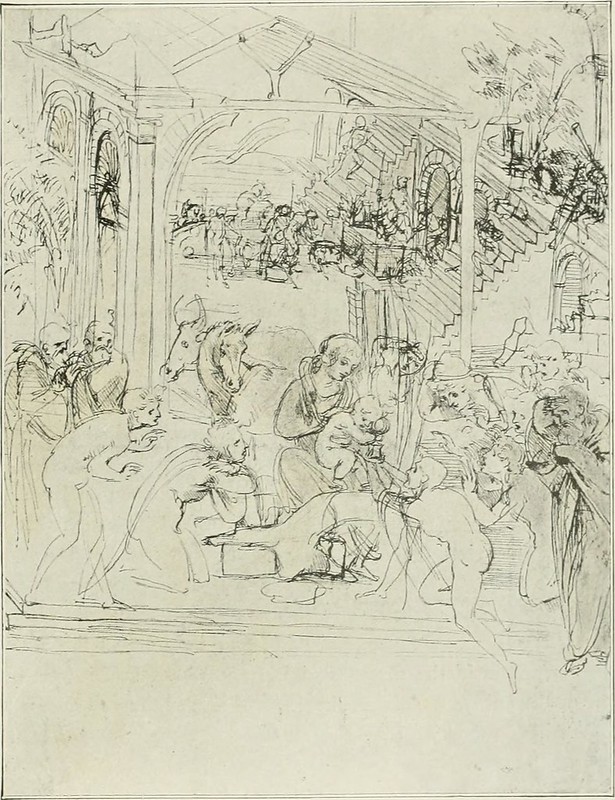
Leonardo was left-handed, which was considered unusual and even sinister in his time. His left-handedness influenced his drawing and writing style, contributing to his unique artistic technique and possibly his preference for mirror writing.
Renaissance Man
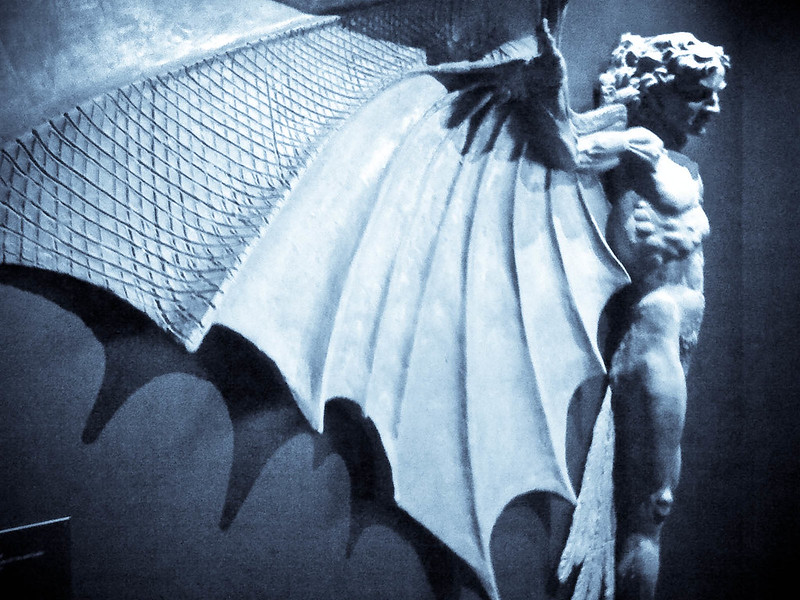
Leonardo epitomized the Renaissance ideal of a polymath, excelling in multiple disciplines. His wide-ranging interests and achievements exemplify the spirit of the Renaissance, a period characterized by a renewed focus on learning and the arts.
Personal Life and Relationships
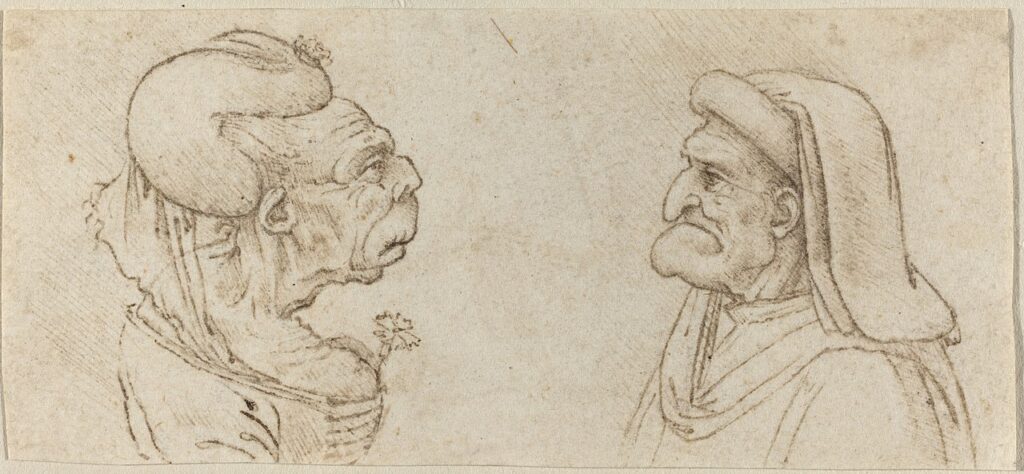
Leonardo never married and had few close relationships. His closest companions were his apprentices and assistants, such as Gian Giacomo Caprotti, known as Salai, and Francesco Melzi, who inherited his notebooks and artistic legacy.
Vegetarianism

Leonardo was known for his compassion towards animals and is believed to have been a vegetarian. His ethical stance towards animals was unusual for his time and reflects his broader humanistic philosophy.
Legacy and Influence
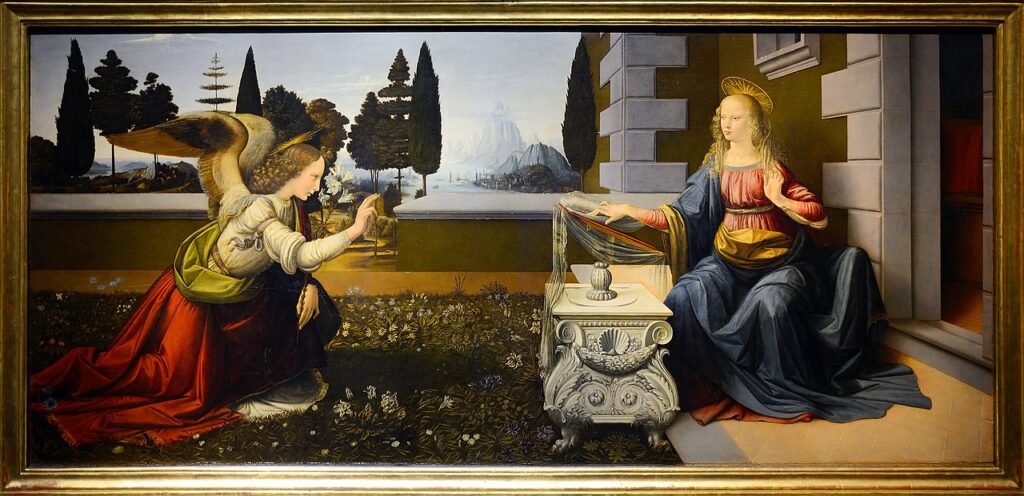
Leonardo da Vinci’s influence extends far beyond his lifetime. His artistic masterpieces, scientific discoveries, and inventive designs continue to inspire and educate people around the world. His legacy as a true Renaissance man endures, embodying the endless pursuit of knowledge and creativity.
This article originally appeared on UnifyCosmos.
More from UnifyCosmos
20 Things Only People Who Grew Up in the 80s Will Understand
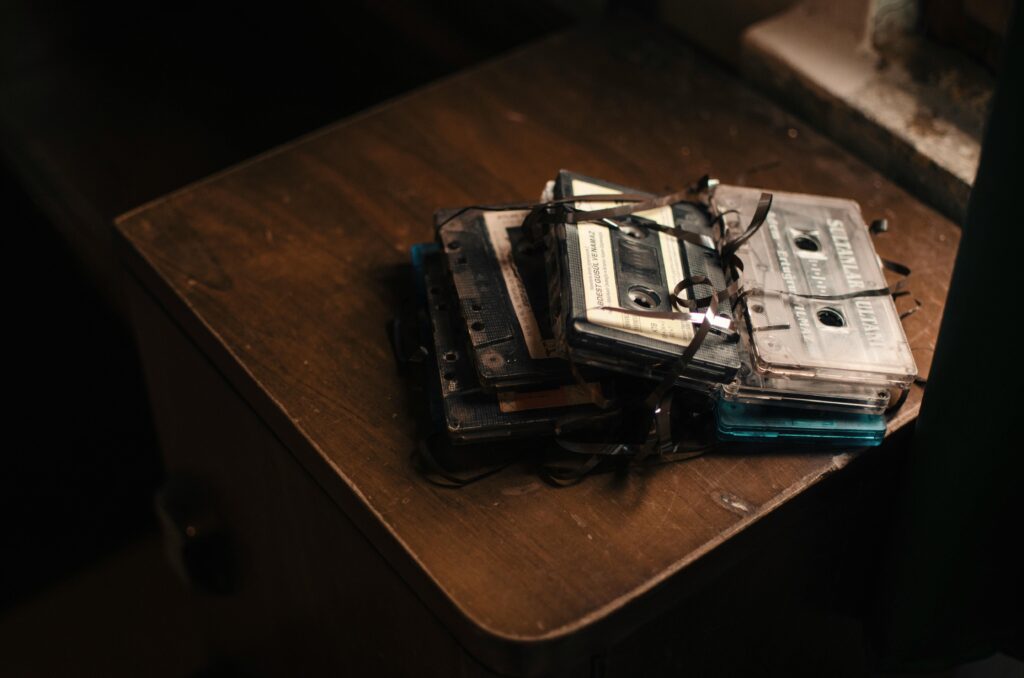
Growing up in the 80s was a unique experience filled with iconic memories. From the rise of arcade games to the heyday of mixtapes, this era left an indelible mark on pop culture. Read more!
22 Nostalgic Items Older Generations Miss
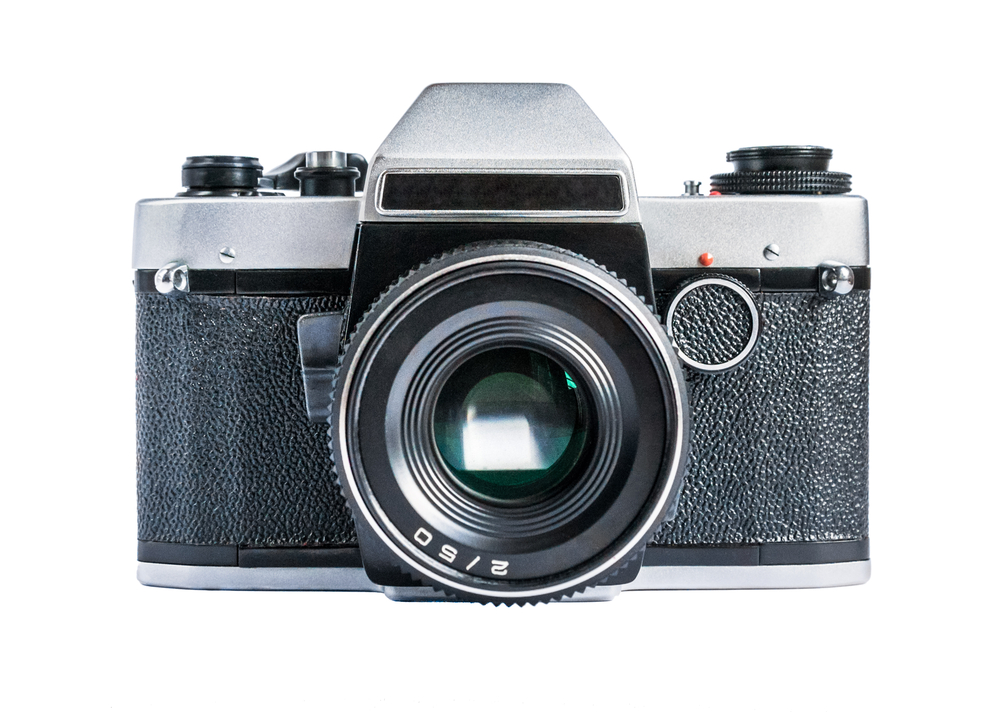
In today’s fast-paced world, many cherished traditions and items from the past have gradually disappeared, leaving only memories in the minds of older generations. Read more!
20 Surprising Tool Brands Owned by Harbor Freight
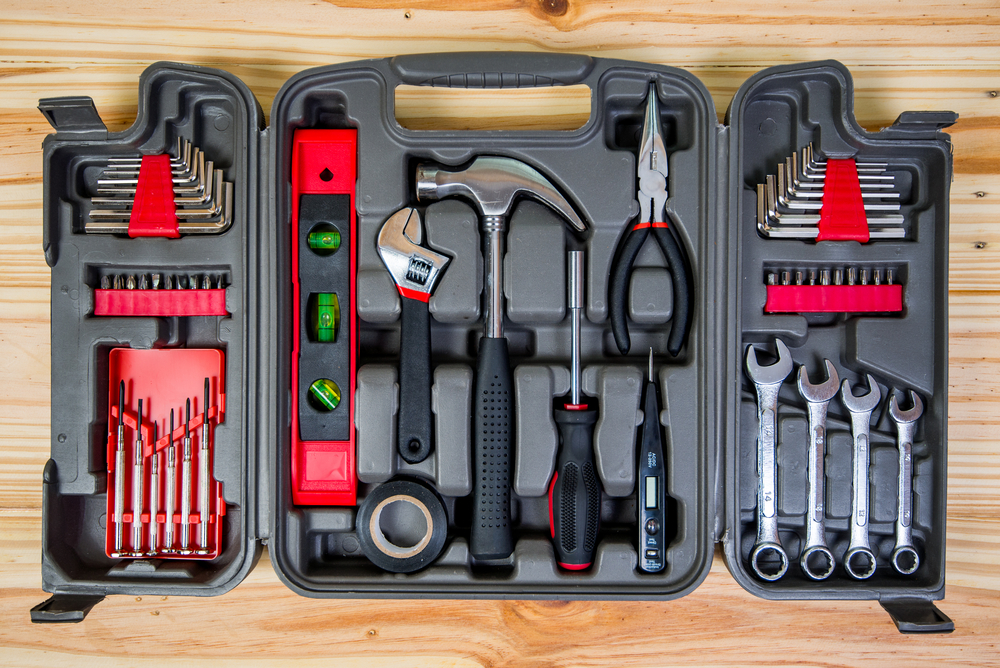
This article explores these brands, shedding light on the connections and what they mean for consumers in terms of quality and value. Read more!
Leave a Reply